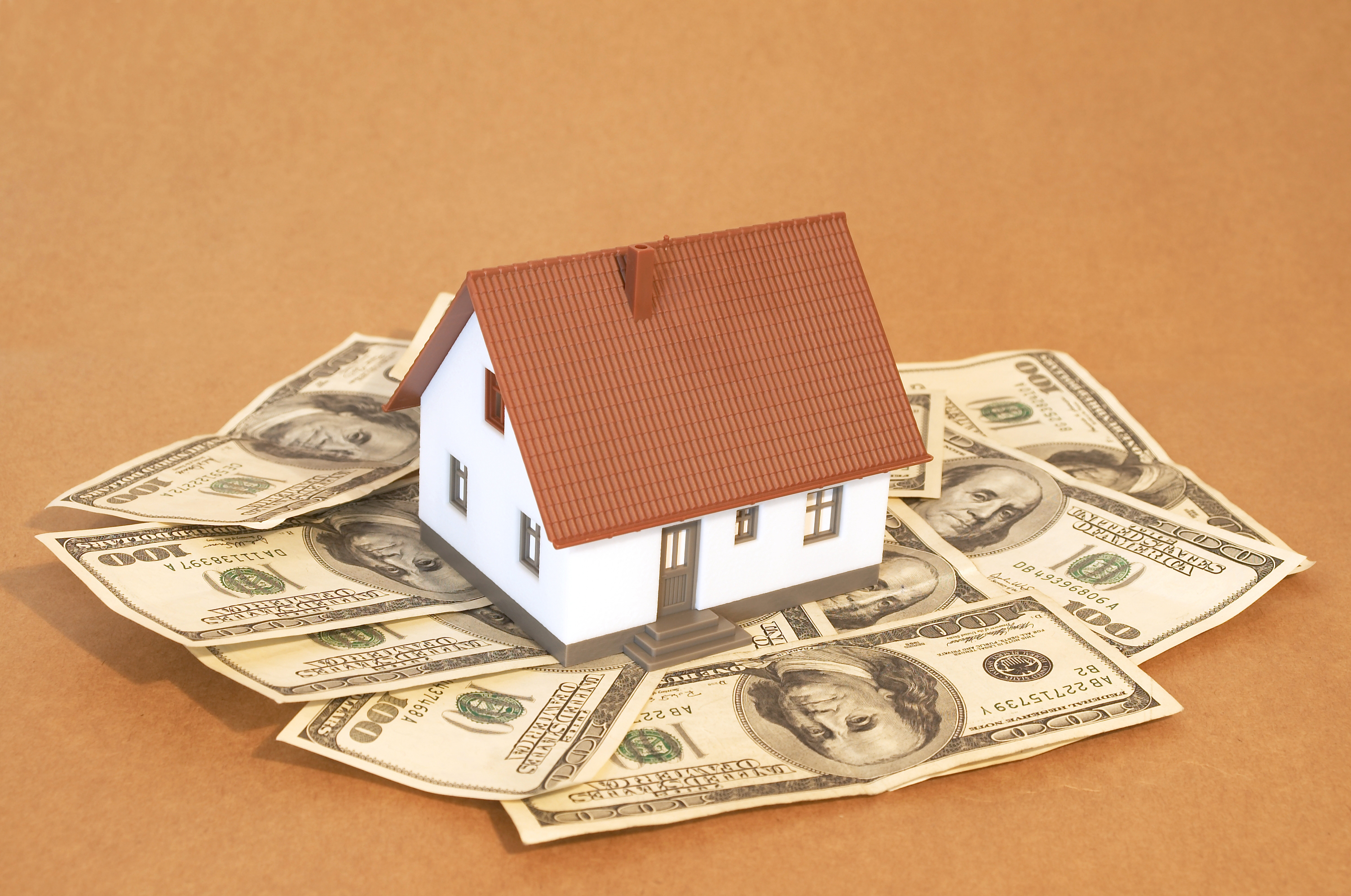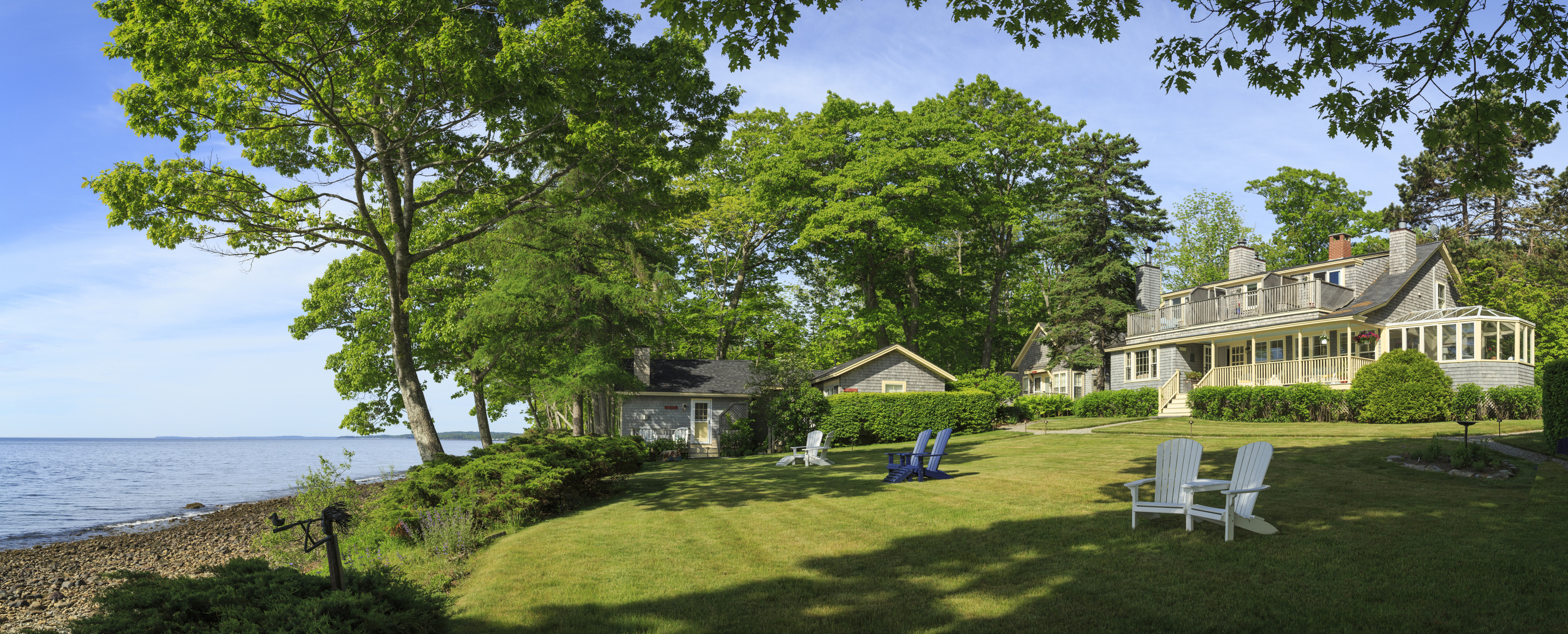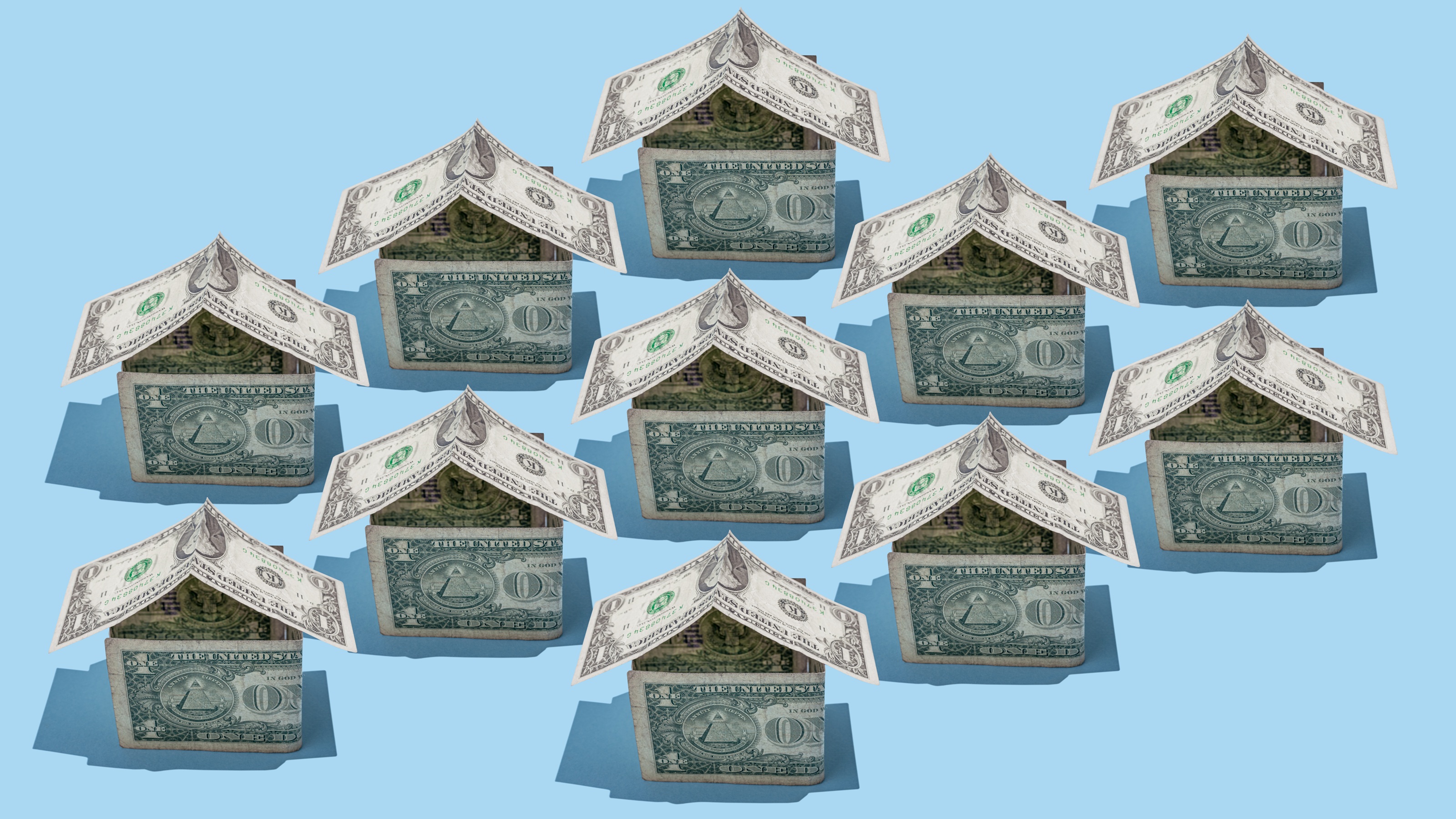Prepping for Power Outages: How to Keep Comfortable Amid Strong Storms
Power outages happen at any time. Use these tips to keep comfortable when they occur.

Tens of millions of people were left in the dark when power outages shut down portions of Spain, Belgium and Portugal in April. Then, a few days later, Bali in Indonesia also experienced a widespread outage.
These events were a reminder that the grid systems used to transmit our power are fragile due to age, increased load demand and climate change.
When the power goes out, it might not seem like a big deal for many. However, if you need power for medical devices, like oxygen concentrators, or you need a cool environment given your health conditions, then it takes on an elevated sense of importance.
From just $107.88 $24.99 for Kiplinger Personal Finance
Become a smarter, better informed investor. Subscribe from just $107.88 $24.99, plus get up to 4 Special Issues

Sign up for Kiplinger’s Free Newsletters
Profit and prosper with the best of expert advice on investing, taxes, retirement, personal finance and more - straight to your e-mail.
Profit and prosper with the best of expert advice - straight to your e-mail.
To prepare your home for a possible power outage, here are a few things to consider.
Prevent power outages with a home generator
A whole home generator can help you bridge the gap between when a power outage happens and your utility turns it back on.
Some of the best generators run on gasoline or propane. That means when the fuel runs low, you can refill it and run it continuously.
They're not cheap by any means, but you can find great options through your local hardware store or online:
Generac Guardian 14kW Home Standby Generator with 200 Amp Transfer Switch
This generator is capable of cranking out 14,000 watts without the loud operation associated with many generators. And with Wi-Fi connectivity, you can monitor your generator's performance from anywhere.
It's important to note home generators are not a one-size-fits-all solution. Ideally, you'll want to consider the appliances you need powered during a blackout, then calculate the wattage to ensure the generator can handle your home's demand.
Moreover, costs could play a role in whether you want to pull the trigger. Home Advisor notes whole home generators run from $1,538 to $8,821, with power capacity, brand, installation costs and permits being price drivers.
You'll also want to conduct maintenance on it annually or consult a pro to do so. Ideally, you'll want it inspected before the winter or summer months, when inclement weather becomes a more frequent visitor.
If your area isn't prone to many power outages but you want to have something prepared in case it does go out, consider a portable generator.
Westinghouse 14500 Peak Watt Tri-Fuel Home Backup Portable Generator
This generator is ideal for larger homes. It will keep the power on for up to 19 hours with the 9.5-gallon fuel tank.
Portable generators are great for powering everything from small devices to appliances. And you won't have to fork over a ton of money or do extensive construction to accommodate them.
Go green, gain energy independence

Another way to keep the lights on is to harness the power of the sun. With solar panels, battery backups and generators, they generate electricity from the sun and convert it to AC electricity, which you can use to power items in your home when the lights are out.
Installing a solar system is the most permanent and most expensive solution. Energy Sage estimates the cost to install a system is $29,000, but there are tax incentives which lower overall costs.
To demonstrate, the Federal Solar Energy Credit gives you 30% back of your total solar system cost to apply to your taxes. Using the $29,000 total cost estimate from Energy Sage, it means you could save up to $8,700 with this federal tax credit.
Your state might also have separate incentives to lower the total costs more. To demonstrate, New York offers homeowners up to 25% back of their total costs, up to $5,000 with the New York Solar Energy System Equipment Credit.
Moreover, with solar panels you gain energy independence.
It means you don't have to rely on the grid as an energy source. However, if you want to keep the power on when an outage occurs, you'll need to have a battery backup, which stores the energy produced by your solar panels. Without a battery, the electricity could go back through the power lines, creating a dangerous situation for utility workers.
These can be expensive, costing on average around $9,000, according to Energy Sage. However, they do qualify for energy tax credits.
If you don't want to fork over tens of thousands of dollars, there are less expensive and more temporary measures available. Portable options and battery backups can keep power available when you need.
EF ECOFLOW Solar Generator DELTA2 with 220W Solar Panel
This portable power station can keep all your appliances on during a power outage and is portable enough to take on camping trips.
Prices depend on capabilities and what you want charged during an outage. If you don't encounter them often and just want a small system to have around in case, portable solar chargers are not bad options to consider.
Other gear for power outages
The Red Cross has a helpful list of items to include when preparing for an outage. Here's a look at some of the essentials:
- Coleman Chiller 48qt Insulated Portable Cooler with Ice Retention & Heavy-Duty Handles - $39.99
- Lepro LED Camping Lanterns Battery Powered - $15.99
- Esky Emergency Hand Crank Radio 7400mWh with 3 LED Flashlight, AM/FM/NOAA Portable Weather Radio with Power Bank Phone Charger - $16.90
- Johnson & Johnson All-Purpose Portable Compact First Aid Kit - $16.51
- Energizer LED Rechargeable Plug-in Flashlights - $58.99
- Portable Neck Fan, Hands Free Bladeless Fan, 360° Cooling Personal Fan - $26.99
- GearLight 2Pack LED Headlamp - $11.99
- INIU Portable Charger, Slimmest 10000mAh 5V/3A Power Bank - $15.99
- Duracell Coppertop AA Batteries with Power Boost Ingredients, 24 Count Pack - $18.64
On the perishables end, have one gallon of water per person per day set aside. It's also ideal to have ample non-perishable food and at least a seven-day supply of any prescriptions you take.
All told, we're entering the season where power outages are a more frequent occurence. Adopting some of these measures can help you remain comfortable and safe, when they happen.
Related content
Profit and prosper with the best of Kiplinger's advice on investing, taxes, retirement, personal finance and much more. Delivered daily. Enter your email in the box and click Sign Me Up.

Sean is a veteran personal finance writer, with over 10 years of experience. He's written finance guides on insurance, savings, travel and more for CNET, Bankrate and GOBankingRates.
-
 Retirees in These 7 States Could Pay Less Property Taxes Next Year
Retirees in These 7 States Could Pay Less Property Taxes Next YearState Taxes Retirement property tax bills could be up to 65% cheaper for some older adults in 2026. Do you qualify?
-
 Estate Tax Quiz: Can You Pass the Test on the 40% Federal Rate?
Estate Tax Quiz: Can You Pass the Test on the 40% Federal Rate?Quiz How well do you know the new 2026 IRS rules for wealth transfer and the specific tax brackets that affect your heirs? Let's find out!
-
 'The 'Mamdani Effect' in New York: Can the City Afford a Millionaire Tax?
'The 'Mamdani Effect' in New York: Can the City Afford a Millionaire Tax?State Tax Will higher income taxes drive the wealthy to flee New York in 2026?
-
 How Much Income You Really Need to Afford a $500,000 Home
How Much Income You Really Need to Afford a $500,000 HomeAs home prices increase, the income needed for a house is also climbing. We break down what you need to earn to afford a $500,000 home.
-
 How Much Would a $50,000 HELOC Cost Per Month?
How Much Would a $50,000 HELOC Cost Per Month?Thinking about tapping your home’s equity? Here’s what a $50,000 HELOC might cost you each month based on current rates.
-
 Should You Tap Your Home Equity Before 2026?
Should You Tap Your Home Equity Before 2026?As borrowing rates and tax law shifts converge, here's what homeowners need to know before pulling equity out of their home.
-
 11 Cities With the Cheapest Groceries in the US
11 Cities With the Cheapest Groceries in the USIf you live in one of these 11 cities, you're paying less than the rest of the country to keep your fridge stocked.
-
 My $1.2 Million Vacation Home Has a $360K Mortgage. I Don't Need My Upcoming $45K RMD. Should I Use It to Pay Down the Mortgage?
My $1.2 Million Vacation Home Has a $360K Mortgage. I Don't Need My Upcoming $45K RMD. Should I Use It to Pay Down the Mortgage?We asked wealth planners for advice.
-
 5 Simple Fixes to Save on Heat Bills This Winter
5 Simple Fixes to Save on Heat Bills This WinterWith fuel prices expected to rise 10% or more this winter, making your home more energy efficient will really pay off.
-
 5 Charming Small Towns Where America's Wealthy Retire
5 Charming Small Towns Where America's Wealthy RetireDiscover 5 small communities in the U.S. for affluent retirees — where charm outweighs the cost.
-
 I'm a Real Estate Investing Pro: This High-Performance Investment Vehicle Can Move Your Wealth Up a Gear
I'm a Real Estate Investing Pro: This High-Performance Investment Vehicle Can Move Your Wealth Up a GearLeave online real estate investing to the beginners. Accredited investors who want real growth need the wealth-building potential of Delaware statutory trusts.


